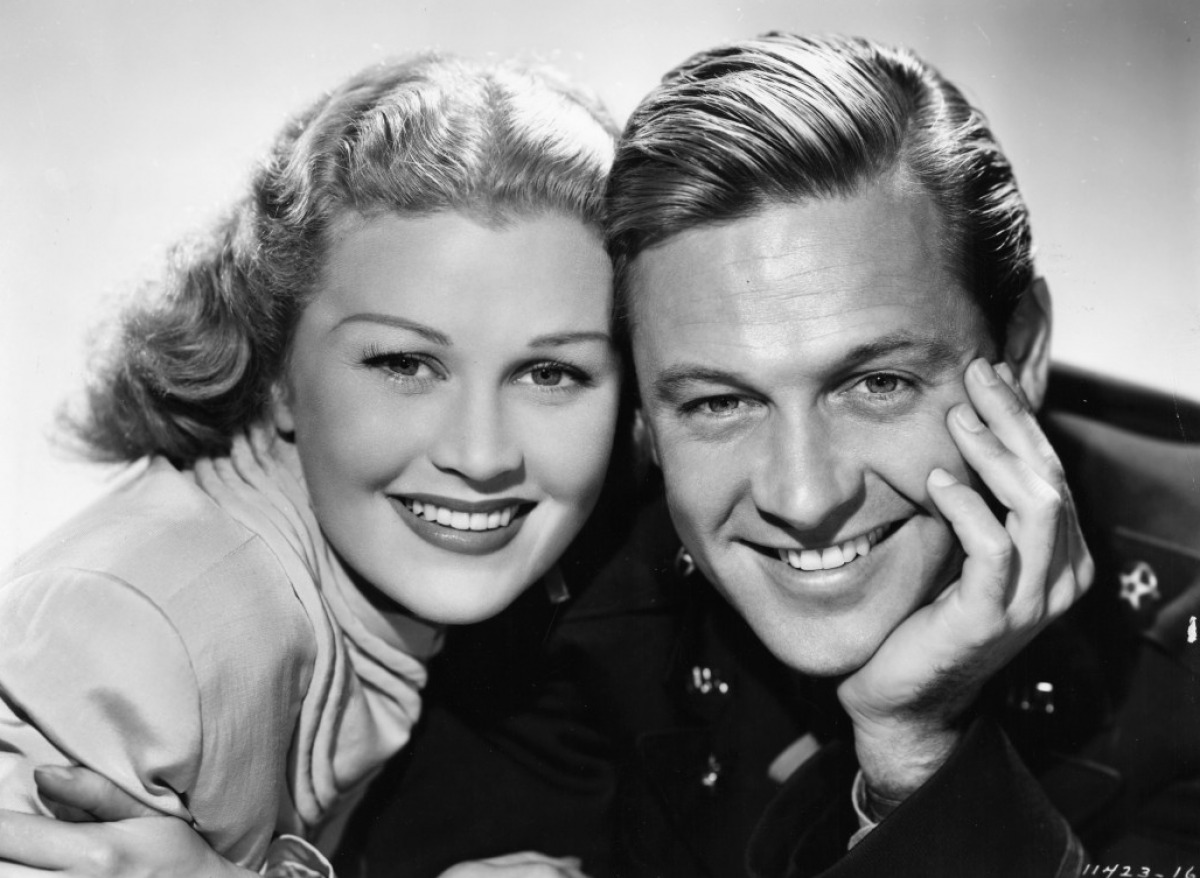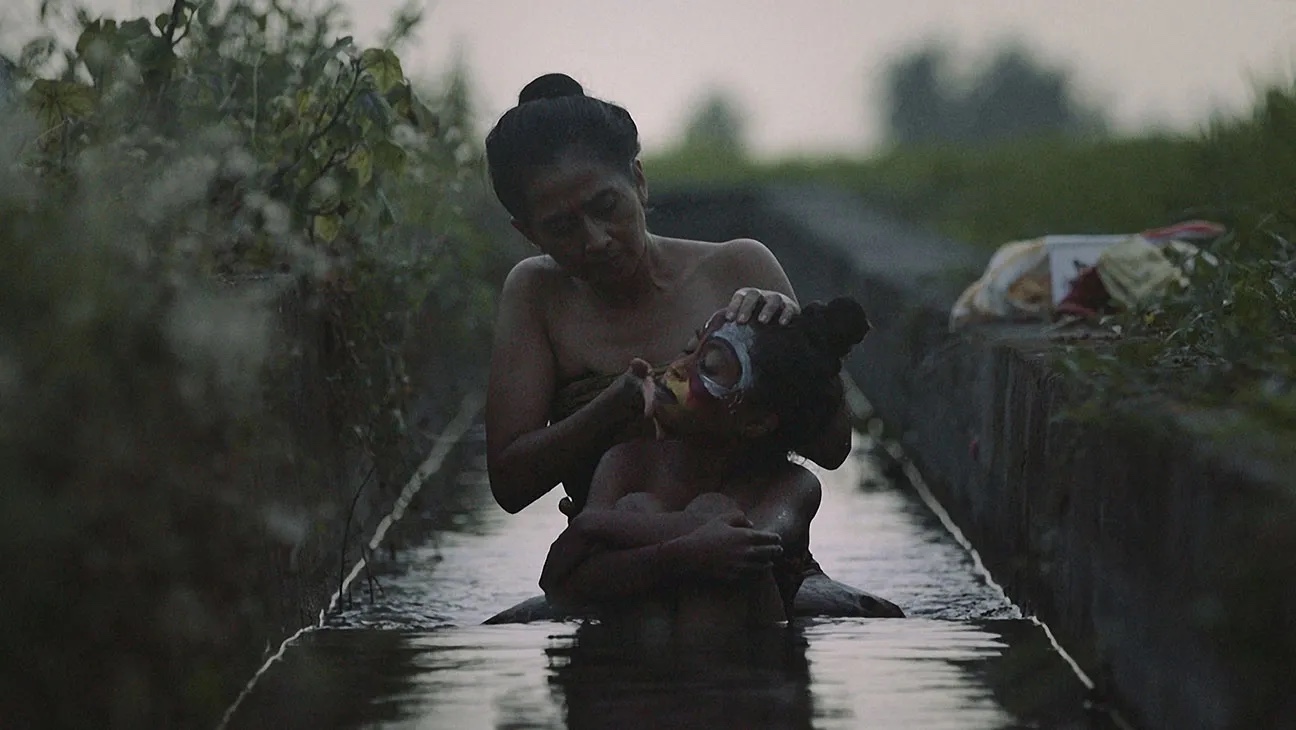by Corry Shores
[Search Blog Here. Index-tags are found on the bottom of the left column.]
[Central Entry Directory]
[Filmmakers, Entry Directory]
in Sofie Meelberghs' La Voisine
May I highly recommend watching Belgian documentary director Sofie Meelberghs' three and a half minute documentary La Voisine, especially if you can view it projected.
http://www.nikonfilmfestival.be/nl/films/la-voisine
Here I would like to look at certain parts to further illustrate a possible 'still' interpretation for Deleuze's writings on time in cinema and to begin an inquiry into the affect of time. [We previously explored still temporality in the entry Motionless Duration in Deleuze's Bergson.]
I would first like to note a certain softness to the imagery, resulting it seems from the given lighting situation in combination with the sort of camera Meelberghs uses.
One affectual impact of the softness might be a feeling of reminiscence. We previously looked at the softness of the imagery, and the colors, in filmed musical theatre. [These are some scenes from Singing in the Rain, An American in Paris, and The Bandwagon.]
In a way, the softness itself is a form of still temporality. It on the one hand places us under an affective state of past-recollection, while at the same time it shows us imagery that is given immediately in the flow of the present. [The fuzziness of the images is a little like the dissolve techniques directors use to transition into flashback memory scenes. André Bazin observes how the blurring of the images reminds us of our own vision when we daydream. Our eyes become relaxed and immobile while our pupils dilate, causing what we see to blur out of our awareness as the softened dream images take their place. (Bazin 80)] In other places we are shown images of greater clarity, and the transitions from soft to clear are like snaps into dream-recollection and back into present awareness.
Yet even these images are somewhat softened. And notice the dreamlike imagery of the misty painting on the exterior wall.
So switching between these extra softened interior shots and the clearer exterior ones is really more like moving up and down the various levels between dreamful reflection and immediate awareness. We illustrated this before with Bergson's famous cone diagram. The more our memories expand-out before our mind's eye, the higher we are on the cone. The more we are acting automatically or even spontaneously in the moment, the closer we are to the cone's tip. This moving-diagram below correlates motion up and down the cone with the character's movement in-and-out of flashback memory expansions [from Carné's Le jour se lève. The circle diagram shows something similar, the lighting-up of particular memories that go deeper and deeper into our past].
Before looking at the softened opening for the film, I would like first to discuss some other affective components of Meelberghs' work. For example, we often have direct affective contact with the woman's face, given in close-up, nearly filling our field of vision. But our relation to her becomes yet even more intimate, because certain affective elements can seem to take us behind her eyes, as though we were experiencing the world from within her. So in the opening, for example, we just hear her voice. She tells us of the war and death she has lived through and seen with her own eyes. But because it begins without us first seeing her face, we are not initially given an affective separation between us and her. It seems more like we are inside her head, sharing her reflections. Then, when her face does appear, it is given to us with that softened look that still gives us the feeling that we are held within her own dreamful recollections of her past.
Also notice how the lettering is done with scrabble tiles. They are not evenly arranged, and they might give us the impression that they were placed by the old woman's hands, which we see later in the film. Looking down at the tiles seemingly arranged by her takes us again into her interior perspective. The tiles are from a game, which could also imply her youth, but the irregularities of the placement at the same time keep us in her present. [The clip does not place the parts in their given succession, but edits out much from the middle.]
So we are often faced with a simultaneous juxtaposition of the present and the past. In this part here she notes how life goes on, and notice also the stillness of the scene. Her whole life has been a continuous going-on. In one sense that going on is gone. But in another sense, it is documented by signs of age in her face and in the differences between her memories and the present state of things. In a way, we are all walking documentaries of time, like recording devices working in the present flow but keeping all our past time recorded in a state that is immediately present and apparent to us now.
Consider also this scene where the woman appears to be looking out her window and then sees birds fly by. Her eyes close for a moment, as if she is having a recollection. Then they open and she the birds, but all the while are sounds she might have heard during the bombings in the war. Here the sounds of the past are given contemporaneously with the present flow of bird flight. [Also, if played with a good sound system, the low frequencies of the plane sounds will rumble your room and even your body, and in this way give you a physical affective connection with the woman's experiences.]
There is another instance when we get the impression of passed time laid upon the immediate present, but it is presented in a slightly different way. Consider this scene of the woman looking out her window and seeing the traffic motion. It begins fast and ends slow, perhaps in the middle going normal speed. [Also note the beautiful character of the top border. This is the result of the camera Meelberghs used. But it might also give us the impression that it is not from a camera, but is rather something in the field of the old woman's vision, as if it were a part of her window frame.]
Is there a phenomenon of time here? Is it to be found in the sped-motion or in the normal or slow motion? Or might not time appear to us most profoundly in the transitions between the speeds? Right as the transition from fast to normal occurs, we still retain the impression of fast motion, all while immediately viewing it in normal speed. This can on the one hand make us feel a lot of past action having taken place, while simultaneously on the other hand, we feel this past held and documented in recorded form in the present. Affectively speaking, our bodies still retain a feeling of fast motion while at the same time feeling normal motion. See for yourself if this collision of speeds in our bodies can make time, normally unnoticed, become an immediately given phenomenon.
The questions I would like to open up on the basis of this film are: What is the affect of time? How does time feel? In what manner does our immediate experience of time affect us? Here I would first like to look at the complexity of her facial expressions. In one expression they seem to express both extraordinary joy but pain as well.
During this scene, she seems to be reciting something in Italian, perhaps something she learned in her childhood, but remains documented in her current memory. Is there something painful about feeling time pass, but also something joyful?
In the climactic scene we have both the recollective dreamlike flower image and as well a close-up shot of her hands, both affecting us with the sensations of the past given in presence. She speaks of getting older as time continues drifting by. Yet she explains that she looks out her window and sees the beautiful trees, plants and flowers, and feels fortunate and content with her life.
The passing of time can be seen as a loss, as time gone by. But past time does not subtract from the present, and in fact is found fully expressed in the present in a virtual form. And what is immediately given in the present is so much that is beautiful. So just as past and present are paradoxically juxtaposed simultaneously, so too is a paradox of temporal affect, of pain and joy, mixed perfectly and beautifully, as expressed in the woman's face.
Meelberghs, Sofie. La Voisine. 2010.
http://www.nikonfilmfestival.be/nl/films/la-voisine
Bazin, André. Le cinéma français de la Libération à la Nouvelle Vague (1945-1958). Ed. Jean Narboni. Paris: Cahiers du cinéma, 1998.


.jpeg)















































No comments:
Post a Comment